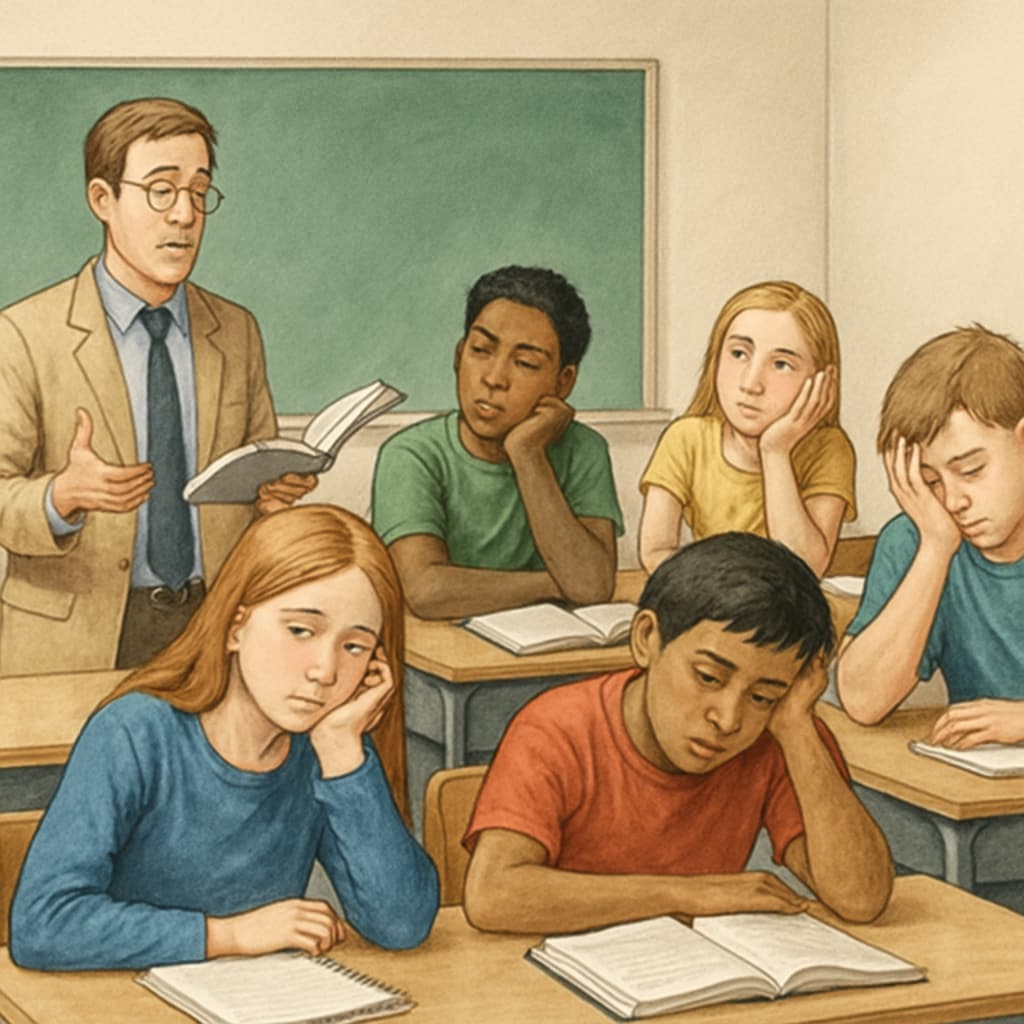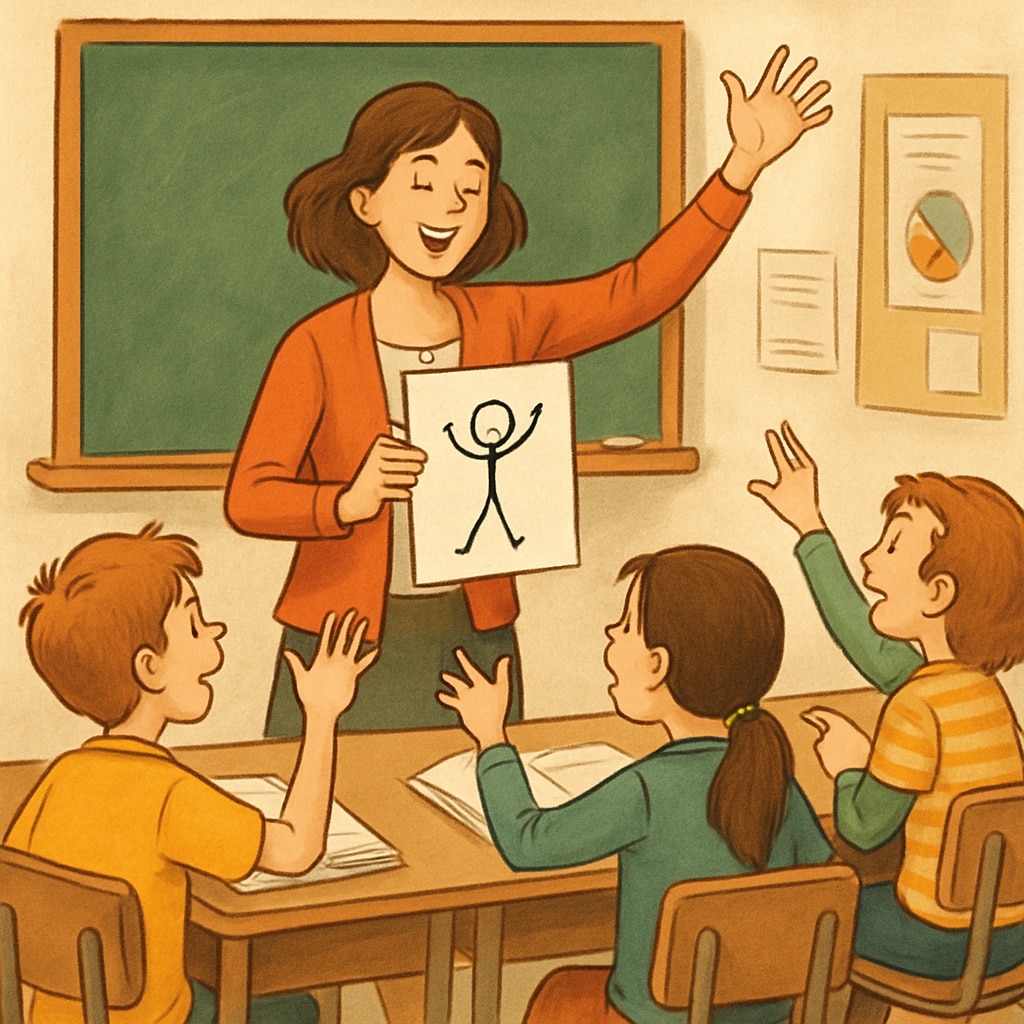Boredom among students in educational environments is a global phenomenon with far-reaching consequences. Recent studies analyzing classroom dynamics across multiple countries reveal that boredom is highly prevalent, from middle school classrooms to university lecture halls. This issue, described as a “hidden crisis,” poses significant challenges to learning outcomes and overall educational quality. By examining cross-national data, exploring the causes, and understanding the mechanisms behind this widespread disengagement, educators and policymakers can uncover potential solutions to revitalize learning spaces.
Understanding the Scope of Classroom Boredom
Classroom boredom is not confined to a single region or educational level—it is a universal issue. Research conducted across countries such as the United States, Germany, Japan, and Brazil highlights alarming statistics: in many cases, over 60% of students report frequent boredom during lessons. The problem spans secondary schools and higher education institutions alike, suggesting systemic issues within the way education is delivered globally.
For example, a study on educational psychology revealed that boredom often arises from repetitive teaching methods, lack of engagement, and misalignment between lesson content and students’ interests. Furthermore, boredom is not just a fleeting inconvenience—it can lead to reduced academic performance, increased dropout rates, and even long-term emotional consequences for students.

Causes Behind the Crisis
The root causes of classroom boredom are multifaceted. One major factor is teaching methodology. Traditional, lecture-based approaches often fail to captivate students who crave interactive and stimulating learning experiences. Additionally, curricula that prioritize rote memorization over critical thinking can alienate students, making it difficult for them to see the relevance of what they are learning.
Another contributing factor is the mismatch between students’ learning preferences and the materials provided. For instance, digital-native students may struggle to engage with outdated, text-heavy resources when they are accustomed to visual and interactive content in their daily lives. According to Britannica’s entry on education, modern classrooms must adapt to diverse learning needs to ensure inclusivity and engagement.
Consequences of Classroom Boredom
Classroom boredom has serious implications for both students and educators. On the student side, disengagement can lead to poor academic performance and a lack of motivation to continue their studies. Over time, this may result in higher dropout rates, especially among those who feel that their education lacks personal relevance.
For educators, widespread boredom among students can lead to frustration and burnout. Teachers may feel ineffective when their efforts to deliver lessons fail to resonate, creating a cycle of disengagement that affects the entire classroom environment.
Moreover, boredom in education has societal consequences, as unengaged students may enter the workforce lacking critical skills and enthusiasm for lifelong learning, ultimately impacting economic growth and innovation.

Addressing the Hidden Crisis
To combat classroom boredom, educational institutions must embrace innovation and adaptability. Here are some strategies to consider:
- Interactive Learning: Incorporating group discussions, projects, and hands-on activities can make lessons more engaging and relevant.
- Technology Integration: Tools such as gamified learning platforms, virtual reality, and multimedia resources can appeal to students’ digital preferences.
- Personalized Education: Tailoring lessons to individual interests and strengths ensures that students see value in their studies.
- Teacher Training: Educators should receive professional development on creative and inclusive teaching methods.
By implementing these approaches, schools and universities can transform classrooms into dynamic spaces where students are motivated to learn.
In conclusion: Classroom boredom, as revealed by cross-national studies, is a complex yet resolvable issue. Educators and policymakers have the power to address this hidden crisis by fostering engaging, inclusive, and future-ready learning environments. Tackling boredom not only benefits individual students but also strengthens global education systems as a whole.


